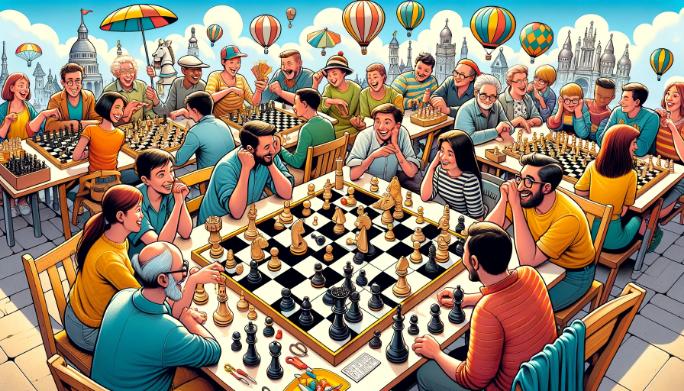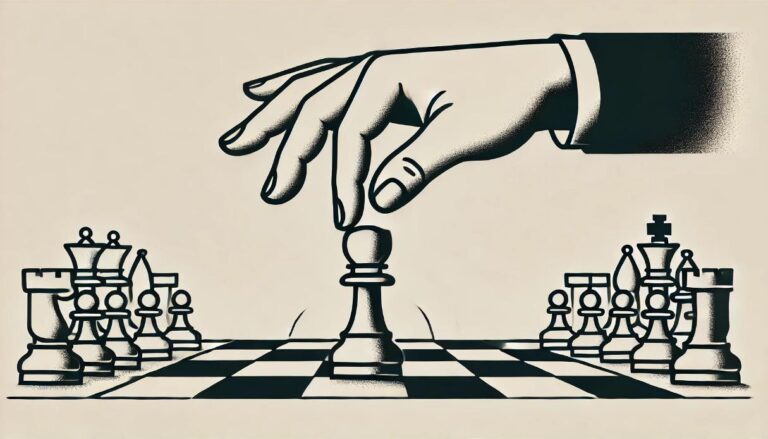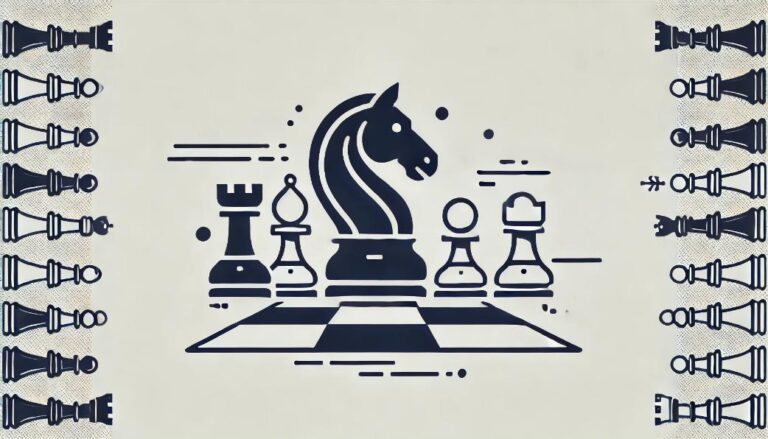Chess Post-Mortem: Learning from Every Game
Chess is a game that has captured the imagination of players for thousands of years. It is a game of strategy, intuition, and skill that requires players to constantly adapt and think ahead. However, with the advancement of technology, chess has also become a playground for artificial intelligence (AI). AI algorithms have been programmed to play chess at a level that surpasses even the greatest human players. With the popularity of AI in chess, a new concept has emerged – post-mortem analysis. In this section, we will explore how AI has become an invaluable tool for players to learn from their games.
In chess, post-mortem analysis refers to the process of analyzing a game after it has been played. Traditionally, this was done by players themselves or with the help of a chess coach. However, with the arrival of AI, post-mortem analysis has taken on a whole new dimension. AI has the ability to analyze a chess game with precision and accuracy that humans can only dream of. With a vast database of previous games, AI can suggest alternative moves and point out mistakes that players may have missed. This has made post-mortem analysis an extremely valuable learning tool for chess players of all levels.
Post-mortem analysis with AI involves uploading the game´s PGN (Portable Game Notation) file to a chess engine. The engine then scrutinizes each move and comes up with an evaluation of the game. This evaluation takes into account various parameters such as material balance, pawn structure, king safety, and more. The engine also suggests alternative moves, and players can explore different variations to see the potential outcomes. With the help of AI, players can analyze their games thoroughly and identify their strengths and weaknesses more accurately.
One of the biggest advantages of using AI for post-mortem analysis is its objectivity. Unlike a human coach, AI does not have any preconceived notions or biases. It evaluates the game solely based on the moves played and offers suggestions without being influenced by external factors. Furthermore, AI has access to a vast database of games from top players, making its analysis invaluable. It can identify patterns and trends that human players may miss, providing a fresh perspective and helping players improve their game.
Section 5: The Future of Post-Mortem Analysis with AI (400 words)
As technology continues to advance, the capabilities of AI in chess post-mortem analysis will only increase. Already, AI engines have surpassed human players, and their evaluation and suggestions have become more refined. In the future, it is possible that AI will be able to analyze a game in real-time, providing suggestions and evaluations as the game progresses. This could revolutionize the way chess is played and learned, making it more accessible to players of all levels.
Post-mortem analysis with AI has become an integral part of learning and improving in chess. Its objectivity, access to a vast database, and time-saving capabilities make it an invaluable tool for players. With the continuous advancement of technology, the future of post-mortem analysis with AI looks promising, and it is safe to say that it will continue to play a crucial role in the world of chess.






